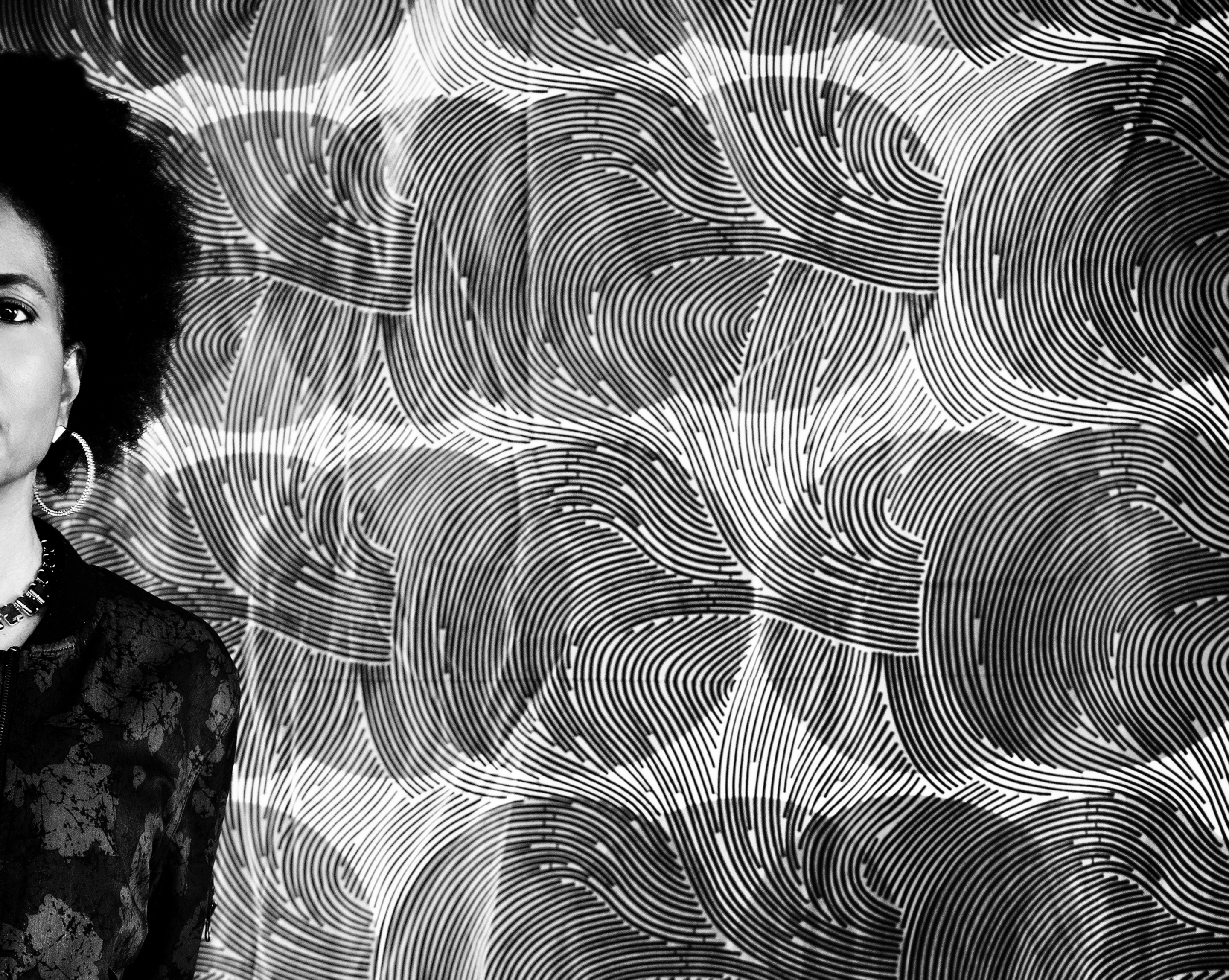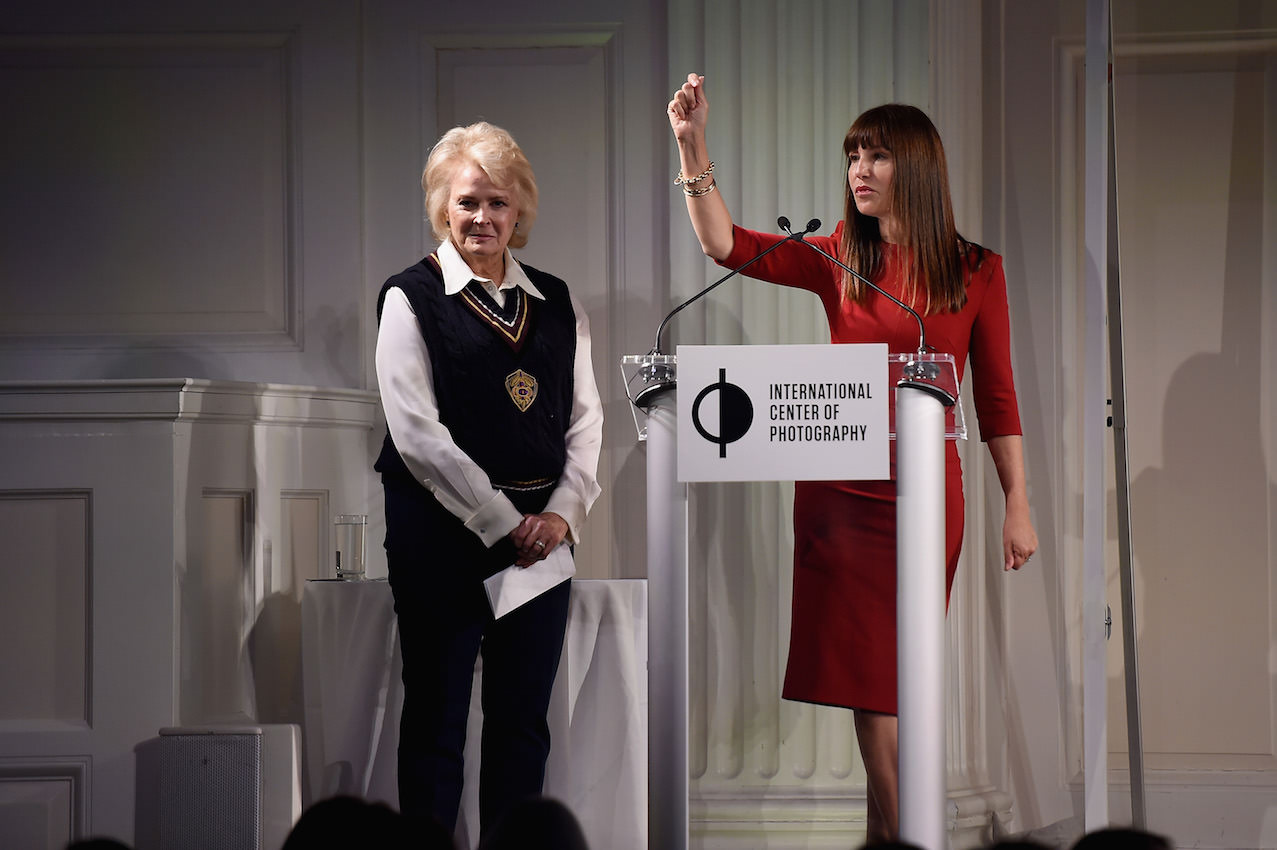On January 25, the new International Center of Photography opened in New York on Essex Street. Designed by Gensler, the new 40,000-square-foot space encompasses both exhibition and education spaces across four floors—including galleries, photo studios, media labs, classrooms, darkrooms, shooting studios, and more. Additionally, the building hosts public event spaces, a library of over 20,000 books and artist files, a shop, and a lobby café.
For its inaugural shows, ICP welcomed guests to four exhibits—“I Can Make You Feel Good,” the first U.S. solo show for photographer Tyler Mitchell; the East Coast presentation of “Contact High: A Visual History of Hip-Hop”; “The Lower East Side: Selections from the ICP Collection”; and a video installation entitled “James Coupe: Warriors.”
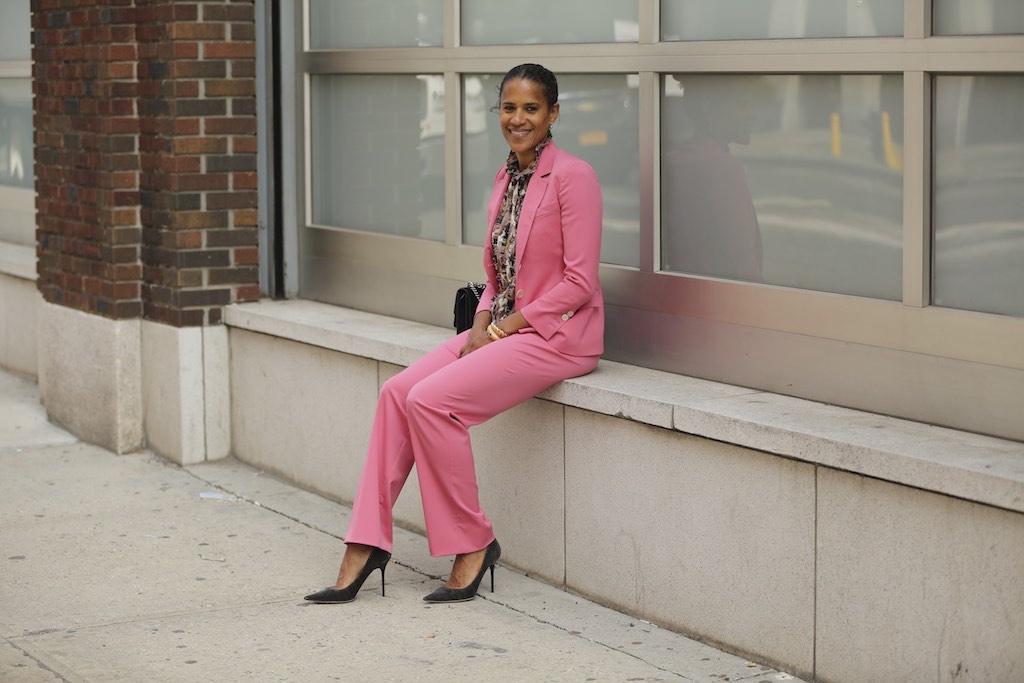 Portrait of Isolde Brielmaier by Mangue Banzima.
Portrait of Isolde Brielmaier by Mangue Banzima.
Whitewall spoke with ICP’s Curator-at-Large, Isolde Brielmaier, about the inaugural exhibitions, how she’s staying inspired during the Coronavirus pandemic, and what she thinks these trying times mean for artists.
WHITEWALL: ICP recently opened in New York, and you have been announced curator at large. Tell us a bit about your role.
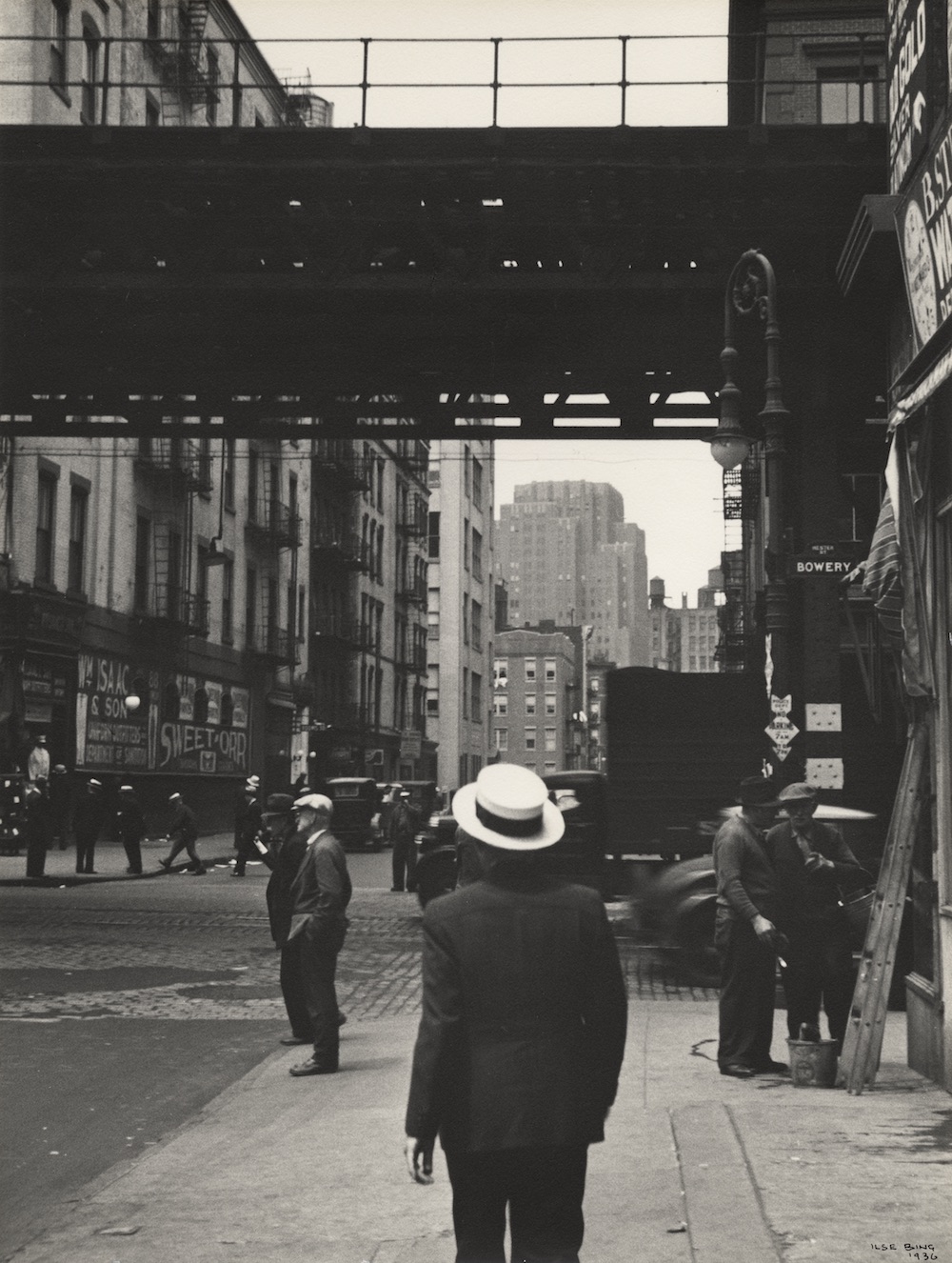 Ilse Bing, New York; El and Straw Hat, 1936; © Estate of Ilse Bing; courtesy of the International Center of Photography.
Ilse Bing, New York; El and Straw Hat, 1936; © Estate of Ilse Bing; courtesy of the International Center of Photography.
ISOLDE BRIELMAIER: I am so thrilled to be joining ICP and working with the exhibitions team as we establish an exciting and what I hope will be an innovative direction for the future of the institution, as well as how we engage with visual culture and both old and new forms of image-making. These are exciting times.
WW: Tell us a bit about the museum’s inaugural exhibitions, and why you pushed to show these artists and works.
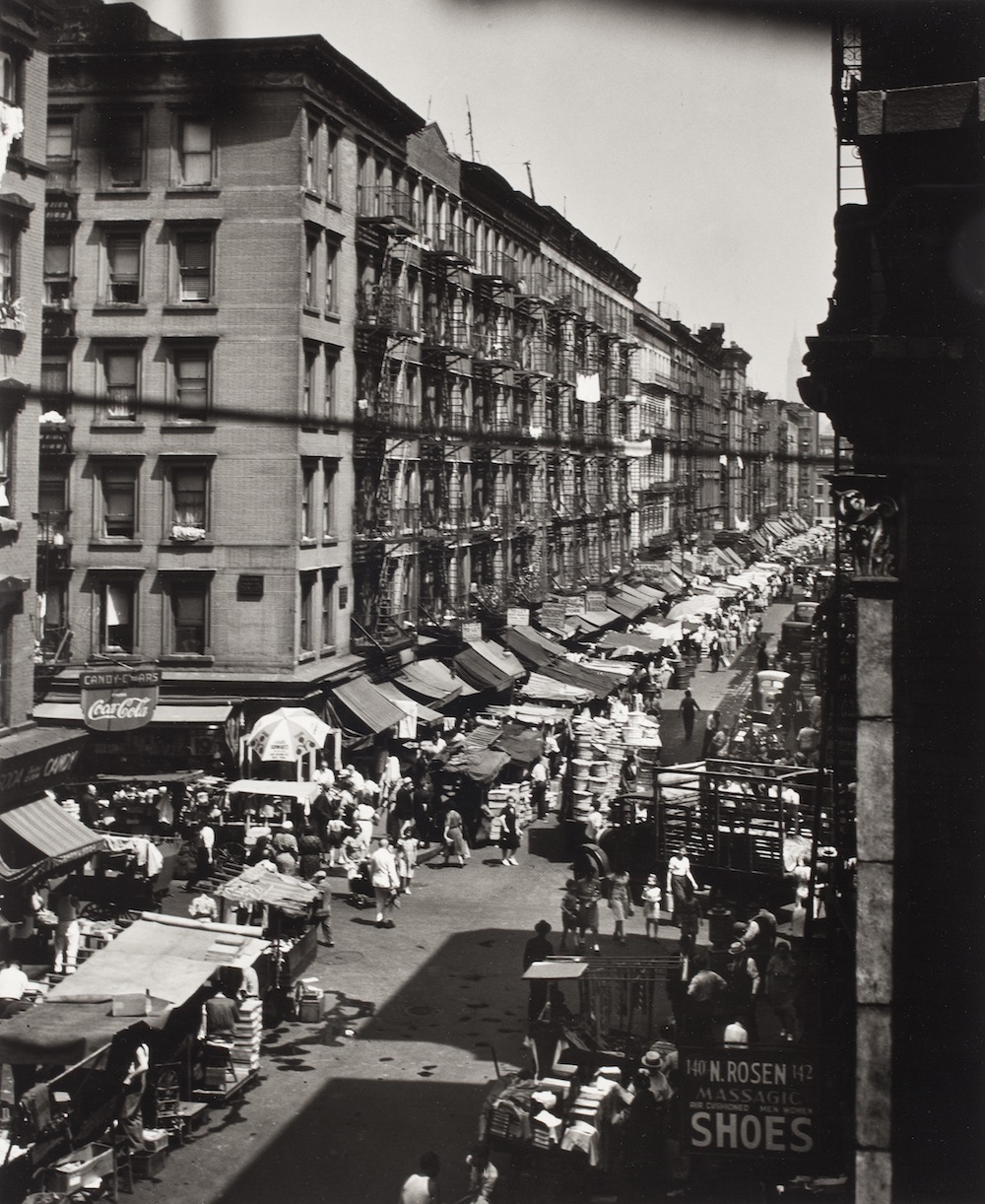 Lee Sievan, Orchard & Rivington Streets—Pushcarts, 1946; © Estate of Lee Sievan; courtesy of the International Center of Photography.
Lee Sievan, Orchard & Rivington Streets—Pushcarts, 1946; © Estate of Lee Sievan; courtesy of the International Center of Photography.
IB: ICP is both engaged with historical images and image-making as well as being very much focused on the future and locating important and salient connections between all of these points. Our inaugural exhibitions are intended to articulate this. For example, we have a small presentation of historical photographs that capture the history of our Lower East Side neighborhood and varied communities. And then we also have an exhibition by the photographer Tyler Mitchell who, in so many ways, embodies how many of today’s young artists are thinking and working and seeing the world.
WW: Currently, we are going through a global pandemic with COVID-19, and it is changing the way we are experiencing and digesting art. How are you doing? And how are you staying inspired?
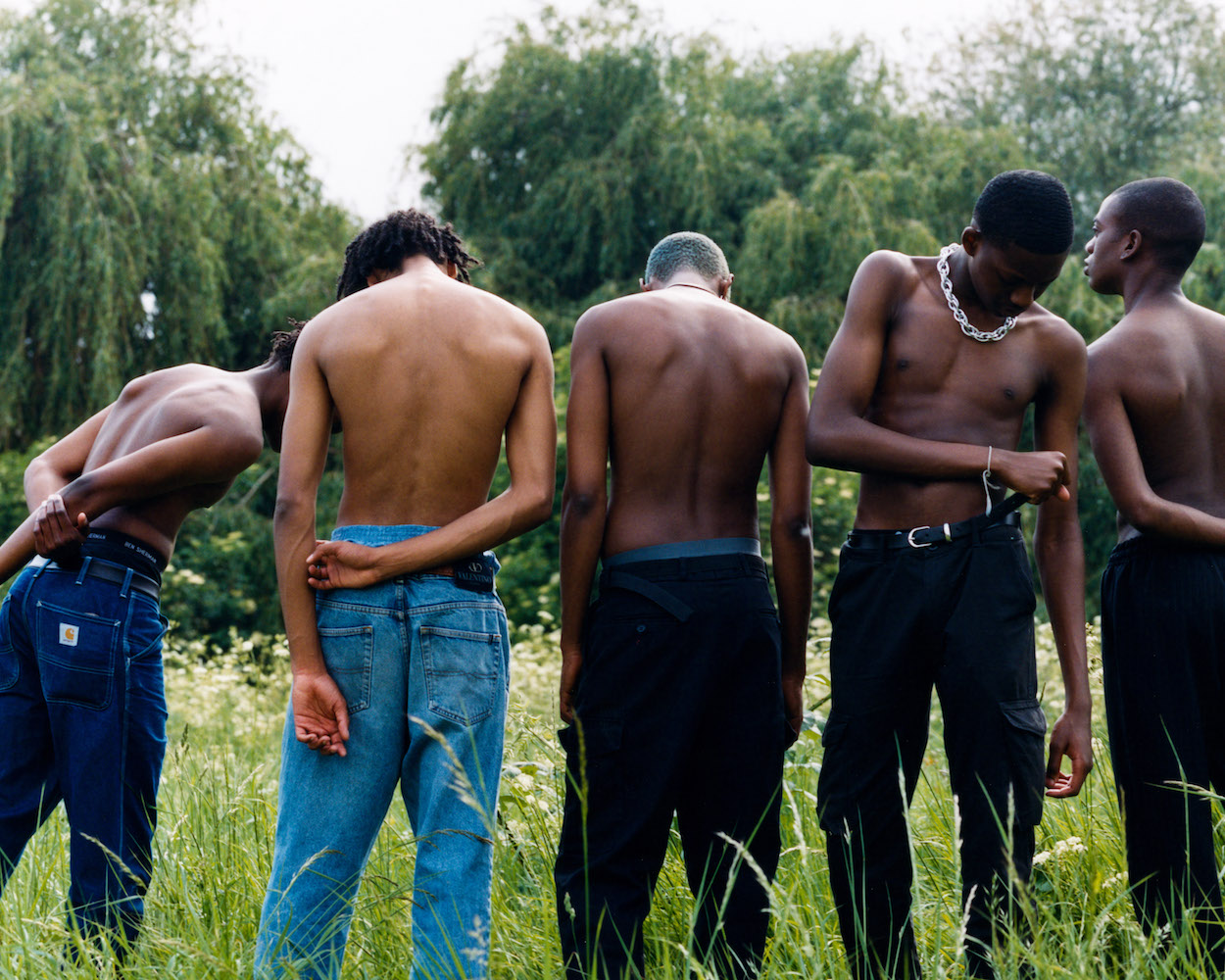 Tyler Mitchell, Boys of Walthamstow, 2018, © Tyler Mitchell; courtesy of the International Center of Photography.
Tyler Mitchell, Boys of Walthamstow, 2018, © Tyler Mitchell; courtesy of the International Center of Photography.
IB: I have been taking one day at a time. Keeping myself and my family healthy (with the intent on keep others around me healthy!) while also very much thinking about and finding ways to help the vulnerable members of our communities. There are many places to donate like food banks, the Coalition for the Homeless, and other non-profits, as well as many artists and arts organizations that have started GoFundMe sites. Helping others and having gratitude right now is central and can really boosts spirits.
WW: How are you staying inspired?
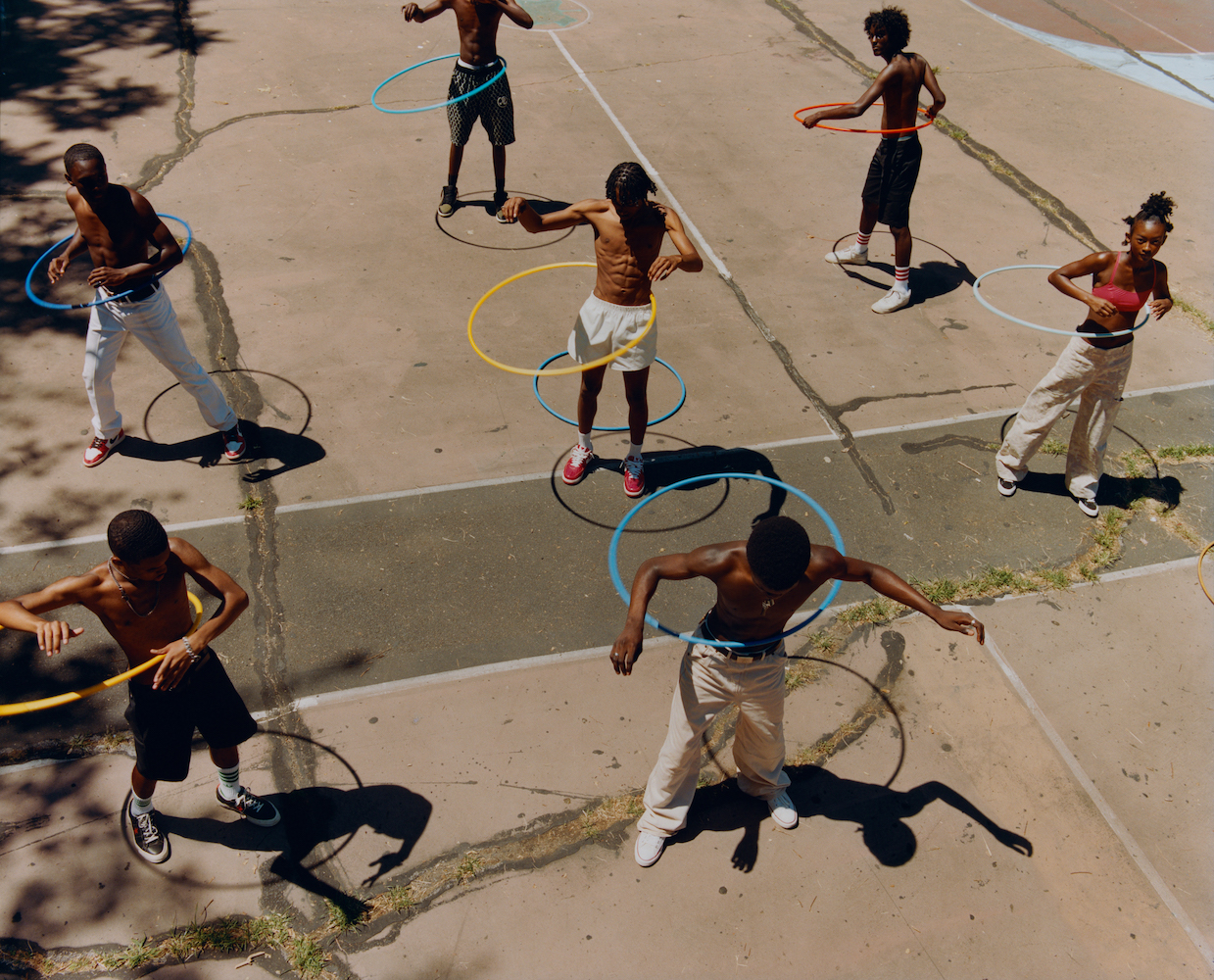 Tyler Mitchell, Untitled (Group Hula Hoop), 2019, © Tyler Mitchell; courtesy of the International Center of Photography.
Tyler Mitchell, Untitled (Group Hula Hoop), 2019, © Tyler Mitchell; courtesy of the International Center of Photography.
IB: People inspire me, so I, along with so many others whom I know, have been very creative in finding ways to stay connected. Instead of “social distancing” I prefer to think about “remote connecting”—connections to others are what keeps us human. I’m doing regular Zoom meetings, Virtual hangouts, Facetime dates and I’ve been viewing a lot of art online.
We can dig into museum websites (check out Google Arts and Culture!), many galleries have been sending out previews to their online viewing rooms for fairs and other events. It’s been really inspiring and fun to explore. And of course, staying connected with folks of social media (Instagram and Twitter) has also been good.
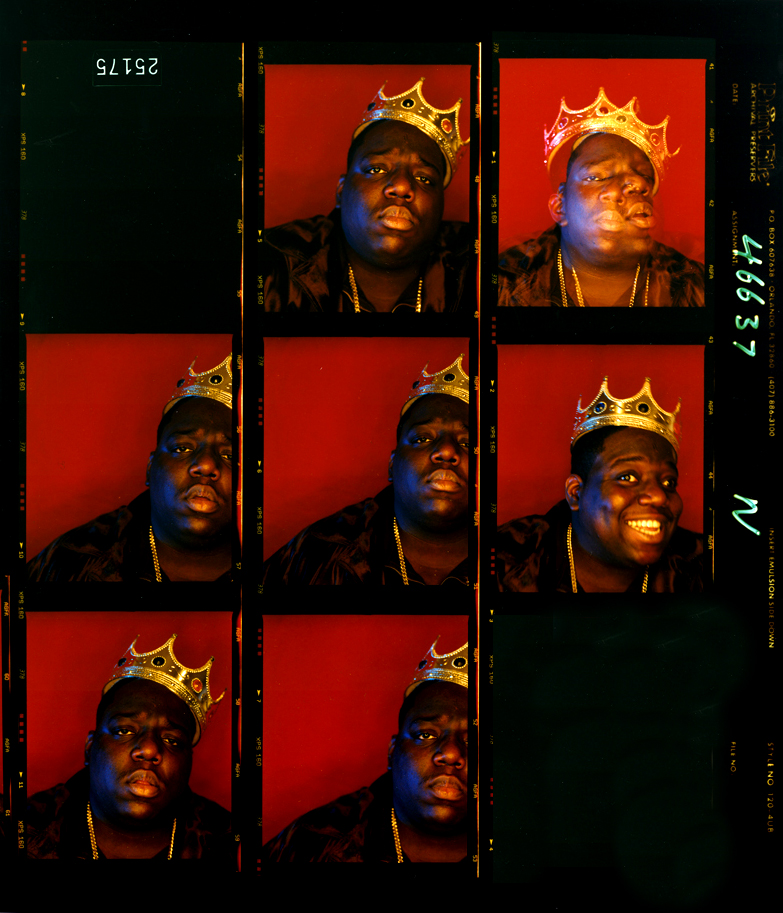 Barron Claiborne, Biggie Smalls, King of New York, Wall Street, New York, 1997; courtesy of the International Center of Photography.
Barron Claiborne, Biggie Smalls, King of New York, Wall Street, New York, 1997; courtesy of the International Center of Photography.
WW: Can you tell us a bit about your personal response to this scenario, and how you’re seeing art friends and patrons respond by coming together?
IB: For many young artists, say those in BFA and MFA programs, this pandemic has forced the cancelation of schools, studio spaces, and final degree shows. So, it’s been great to see how folks have come together to fill in some of the “gaps” with virtual online shows, extended open-call dates, and the general sharing of resources and information.
WW: How are you anticipating it impact the market, the institutions, and the artists?
IB: I think that for so many people, it’s the uncertainty that is really hard to deal with. Each day brings some different and yet there is no end or nothing firm to grasp in sight.
It is clear the future economic, political, and social ramifications of this pandemic will be very real and very hard. We are going to have to find consistent ways to make lemonade out of lemons, and we will.
But I also know that artists—and other creative communities, such as music, theater, and literature—have always been our eyes, ears, and hearts in leading humanity through life’s joy and sorrows. Out of all of this, great work will continue to emerge, inspire us, call us to pause, exhale, think, feel, and take action. This I am certain of.








